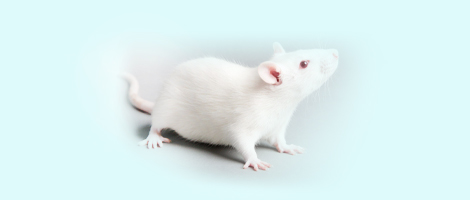






实验动物与比较医学 ›› 2008, Vol. 28 ›› Issue (5): 299-303.
所属专题: 实验动物资源开发与利用
摘要: 目的探讨我国不同地区东方田鼠线粒体DNA D-loop多态性。方法对四个种群东方田鼠线粒体DNA(mt DNA)D-loop片段进行测序,并对测序结果用Clustal W软件进行比对,通过MEGA Version 3.1软件构建基于平均遗传距离的NJ(neighbor-joining,邻接法)分子系统进化树,用Dnasp 4.0分析所有序列的多态位点、核苷酸多样性、单倍型数目、单倍型多样性以及进行Tajima’s中性显著性检验。结果四个种群34个东方田鼠个体的mt DNA D-loop区全序列共发现19个单倍型,单倍型比例为55.88%,单倍型多样性和核苷酸多样性分别为0.934±0.024和0.04334±0.00285。以台湾田鼠(Microtus kikuchii)线粒体全序列(GenBank登录号AF348082)为对照,共检测到核苷酸变异位点172个,约占核苷酸总数的18.66%。由分子系统进化树可发现所有34只东方田鼠分为两大类,小体型黑龙江东方田鼠为一类,其他三个种群东方田鼠为另外一类,在这一类别中,又有两个分支,其中所有宁夏种群鼠及3只大体型黑龙江种群鼠为一个分支,所有洞庭湖种群鼠和其他5只大体型黑龙江种群鼠为另一个分支。结论我国东方田鼠在mt DNA D-loop片段存在种内遗传多态性,种群内和种群间都存在一定的遗传变异,并且黑龙江小体型种群东方田鼠表现出与其他三种群东方田鼠更大的差异水平。